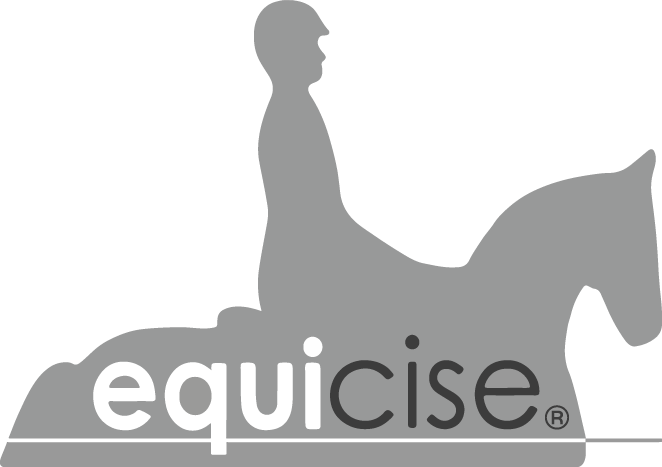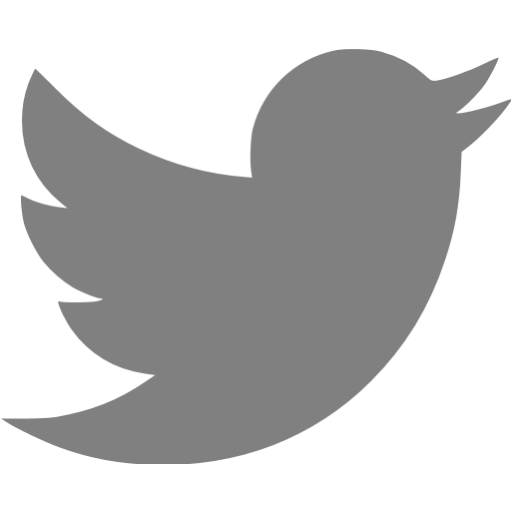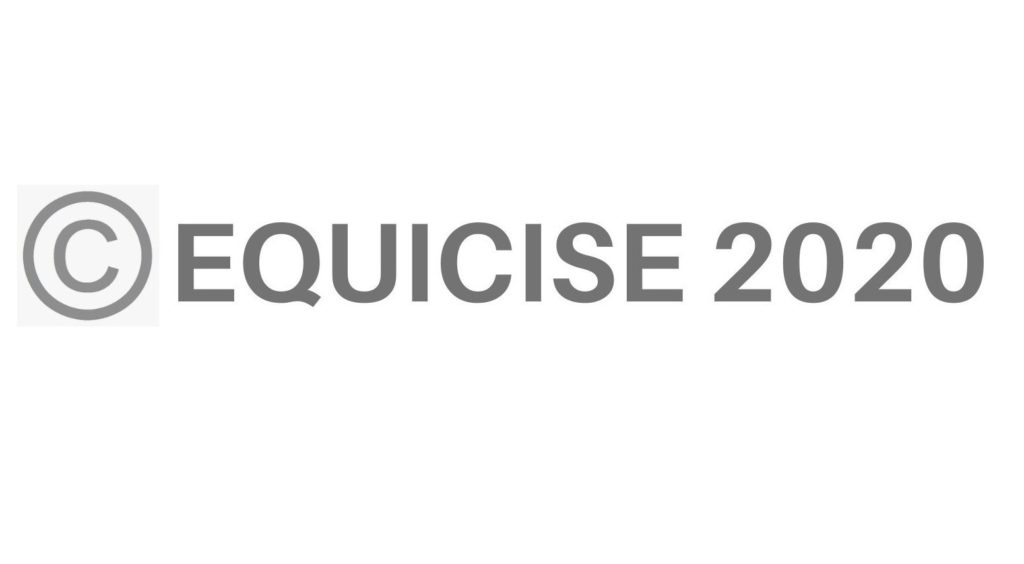10 Jun 11. Following your horse’s movement
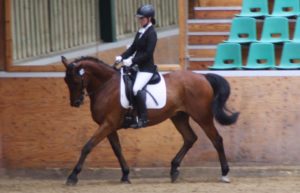
In our last two articles, we have talked about the importance of relaxation and balance if you are to achieve an independent seat, the prerequisite for becoming the best rider you can be (Articles no 9, Relaxation and no 10, Balance revisited). The next aspect to consider is ensuring that you follow your horse’s movement in all paces, essential if you are to be able to ride in rhythm and harmony with your horse. As we have discussed before, an independent seat requires strong core muscles and loose, flexible hip joints which will allow you to be in harmony with your horse as both of your rhythms will be aligned.
It is important to recognise that following your horse’s movement does not mean being a passenger or just sitting passively and, as with everything associated with riding, the ability to do so will take time to achieve as you gradually strengthen your core muscles and learn to move different parts of your body independently. As with the exercises that help to improve your balance in the saddle, lungeing sessions or practising on an equine simulator are excellent ways to develop a feel for a horse’s movement.
Your horse will let you know whether or not you are following its movement properly – riding ahead or behind its movement will put it out of balance, prompting it to make adjustments in order to feel more comfortable – aligning both your centres of gravity – and return to balance. If you are behind your horse’s movement, for example, it may respond by speeding up if it assumes you are asking for a faster pace or by slowing down in an attempt to get you back over its centre of gravity.
It may sound simple, but following your horse’s movement takes time to develop and, as with so many other riding techniques, your progress may not follow a straight line. Typically, it is easier to follow a horse’s movement in walk, but more challenging in trot and canter, and will depend on each horse’s way of going. You may have made great progress on one horse, but if you then ride a different horse, you may feel you are back to square one, so persistence is essential and you should not become downhearted if you encounter an occasional setback.
Another thing to consider, as we have mentioned before (Article 4, Becoming more balanced in the saddle), is that in order to make progress, you often have to abandon habits you have formed in the past which gave you the illusion of being balanced – eg gripping – and will need to re-educate your body to become relaxed and achieve true balance. This process often makes riders feel that, initially, they are regressing and can therefore be very frustrating, but you need to recognise that it is a necessary rite of passage if you and your horse are to move in harmony and to allow you to continue to make progress with your riding.
As it is likely to take time and considerable work to develop an independent seat, practising on the EQUICISE is an extremely useful complement to riding a real horse, enabling you both to focus entirely on your own performance and also to track your progress thanks to the (printable) on-screen feedback. The simulator moves laterally and vertically, providing you with a realistic feel of walking, trotting and cantering. The different tempis in each gait allow you to develop depth in your seat and improve stability and security in the saddle. The rein sensors are connected to the horse’s mouth and measure tension through each rein independently. As this information is displayed on the screen in front of you, you can monitor your performance as you work to achieve a soft, balanced contact, while the seat sensors show how your centre of gravity and alignment change during movements. Another advantage of the EQUICISE over a real horse in helping you to develop as a rider is that you can trot or canter on it for as long as you like, allowing you plenty of time to work on any weaknesses while improving your fitness and core strength.
Your EQUICISE instructor can guide you through a number of very useful exercises which will enable you to develop a stable seat that will allow you to move in rhythm with your horse; one of the best exercises, which is inadvisable on a real horse, is riding with your eyes closed. Closing your eyes can do absolute wonders for your feel and balance. Without any access to visual cues, you will be forced to rely on feel; being able to ride in this way safely in trot and canter and while performing transitions is an invaluable learning technique and will be helpful in improving your confidence when you are back on your horse. The EQUICISE gives you the opportunity to concentrate solely on the correct interaction with the horse’s movement to build up postural strength.
Book a LESSON on the EQUICISE and see how much you can improve your technique as well as your performance on and partnership with a real horse.
PRACTISE THIS ON THE SIMULATOR
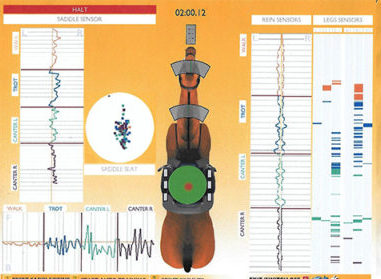
Use the 'Instruction Ride' setting which allows you to monitor your seat position. Perform the 2 minute program three times: one as you usually ride your horse, trying to keep the same amount of leg and rein aids, with stirrups. Observe how much movement you've had on the seat sensors. Repeat, now without stirrups, allow your hips to stretch and relax, with freedom of movement, as you keep your upper body tall and steady. See if there was a difference on the seat sensors, they should get steadier the more relaxed you get. Do the 2 minute session again, now without stirrups and without reins, keeping your hands resting on your thighs. This should provide even more freedom of movement on your seat, by not putting any tension on your arms and shoulders. Check the result again, your lines should get straighter each time. If not, book a private lesson to identify and correct possible faults with an instructor.

